23
2021-12
Laba hits the Great Cold, after Laba, it's the New Year!
author:
source:
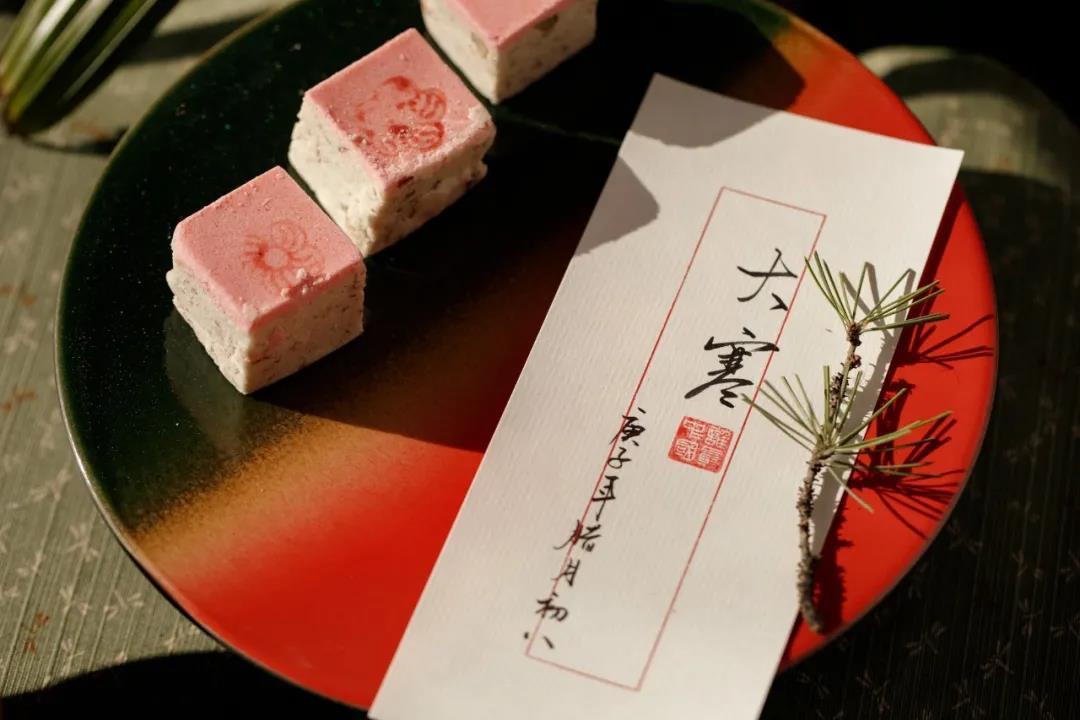
Mid December
Reverse polarity of cold air
After the Great Snowfall
Seeing Snow on Cold Mountain
Thick snow, cold sky
At the end of the year, a new beginning begins
All lines are circles
Lonely plum blossoms blossom into trees
Looking forward to spring, there is hope for spring
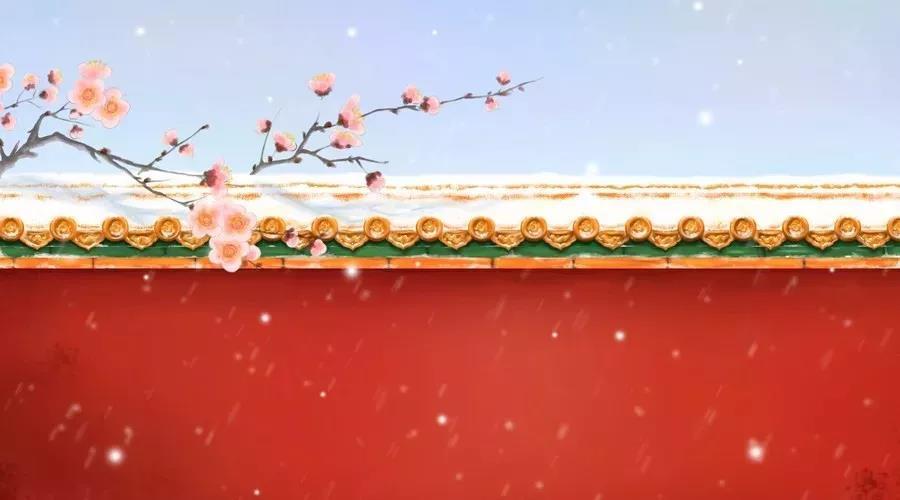
Da Han, the last solar term of winter, is the end of the twenty-four solar terms. Growing in spring, one year in winter. At this point in the year, time has been slow and incomplete, yet it has also been fulfilled. Winter has passed on this day, but we can wait for spring.
Laba is Congee, but also a festival. Laba Festival is an endless taste of lovesickness.
Days are linked by repeated solar terms every year, and life is the thick longing and happy waiting smeared in these solar terms. How many worries and reluctance, memories and emotions, slowly flow in this picture of homesickness, never stopping.
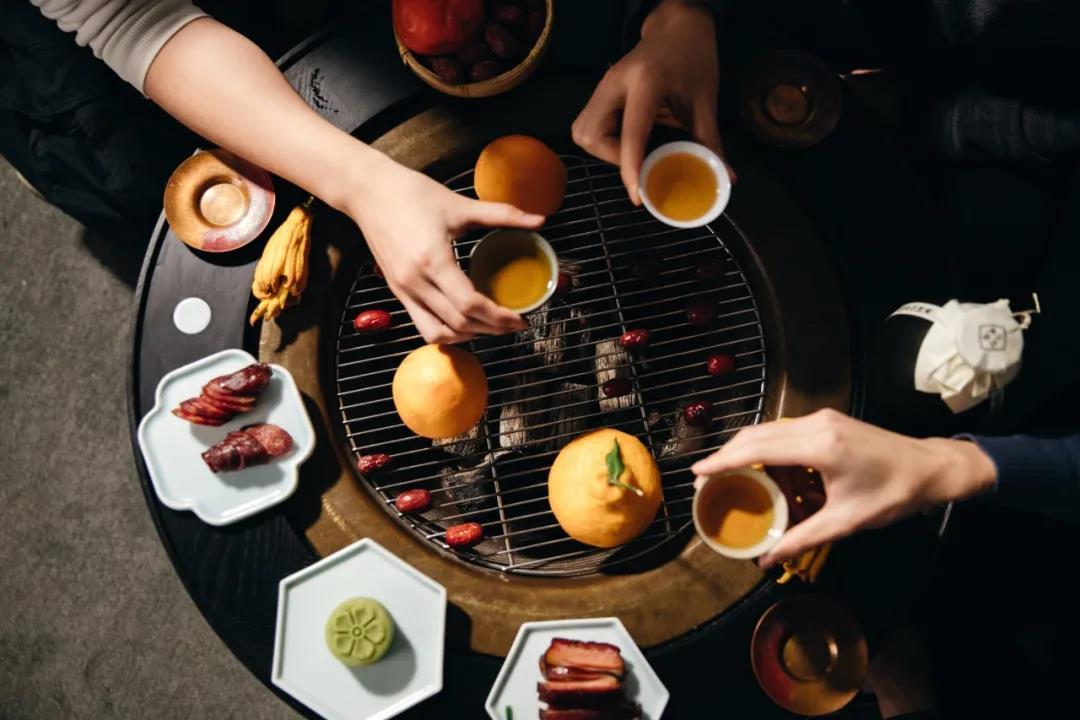
A bowl of Congee on Laba is a good omen for next year
The Laba Festival, commonly known as "Laba", is the eighth day of the twelfth lunar month. The ancients had the tradition of offering sacrifices to ancestors and gods, praying for good harvest, and drinking Laba Congee.
With the arrival of Laba, the Spring Festival is drawing near. This year's hard work outside, don't forget to drink a bowl of steaming Laba Congee to nourish your stomach and warm your heart. Everything can be "Congee" in the coming year.
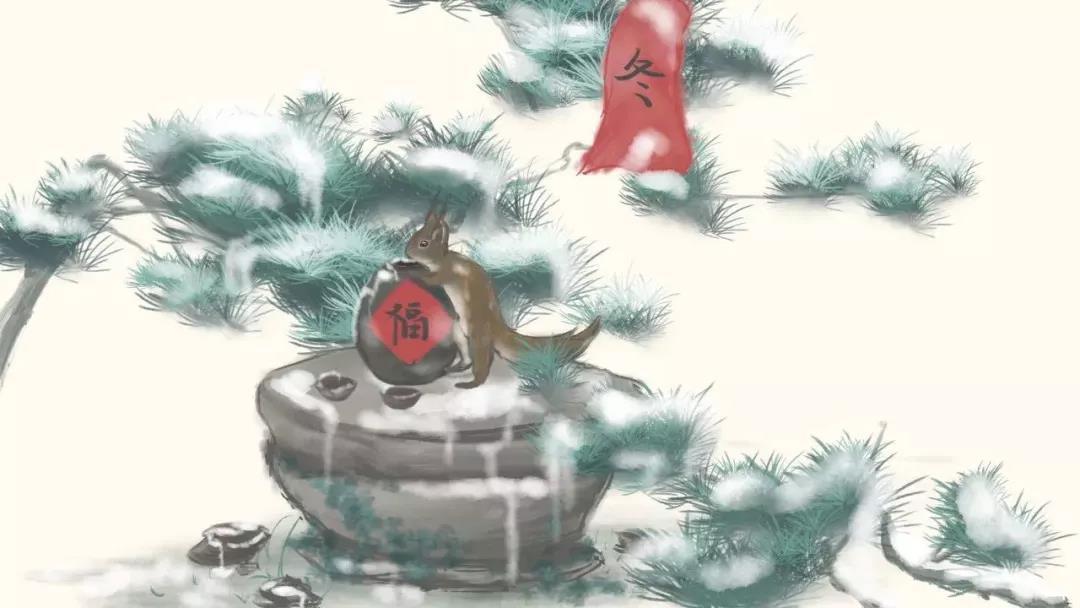
The origin of Laba
The Laba Festival comes from the twelfth lunar month and is the most significant festival in the twelfth lunar month. It dates back to the eighth day of the twelfth lunar month and was called "Laba Day" in ancient times, commonly known as the "Laba Festival".
Legend has it that when Zhu Yuanzhang suffered in prison, he found food such as rice, millet, wheat, and soybeans in the fields due to hunger and cold. Zhu Yuanzhang stewed these things in a pot and ate them, which saved his life.
Later, Zhu Yuanzhang became the emperor of the Ming Dynasty. In order to commemorate his days in prison, he designated that day as the Laba Festival. The custom is to eat Congee made of grains, which is called Laba Congee!
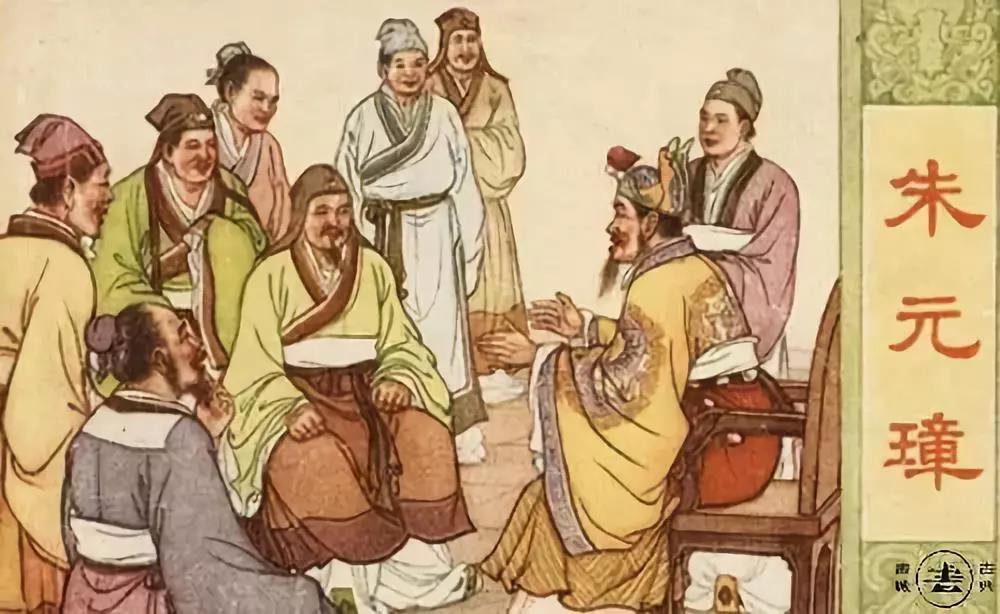
After drinking Laba Congee, we will handle the "Nian"
Laba Congee is made up of eight kinds of food and boiled with rice, which means to gather all things and harmonize thousands of spirits.
Before the prevalence of Laba Congee, people had the habit of eating red bean Congee on the winter solstice to dispel evils and avoid epidemics, believing that drinking Congee in winter could ensure safety.
People's preference for Laba Congee may be because it heralds the beginning of the year, so people have Congee every year after Laba.

Laba has arrived, happy "eight" you favor, happy "eight" you laugh, healthy "eight" you snuggle, safe "eight" you bless, friend "eight" you bless: Wishing you a happy Laba Festival!
Laba, I hope your career is successful and thriving; Laba, I wish you a colorful and picturesque life; Laba, may you be praised like everyone else in Zhuge; Laba, may you be happy and laugh every day haha! Happy Laba Festival!


Lastest Blogs
2024-02-26
Demand for pork falls back after New Year's Eve, hog prices drop sharply this week
According to the monitoring of the Ministry of Agriculture and Rural Development, the average price of pork in the national wholesale
2022-12-07
Biotechnology Turns "Waste" into "Green Feed"
The Application of Biological Feed Helps Develop Unconventional Feed Resources and Reduce Farming Costs
2022-08-16
Biological Functions of Zinc.
Zinc is an essential trace element for the body. In 1933, Todd et al. first reported that zinc was a necessary nutrient for rats. Later
2022-08-16
Overview of the Classification of Trace Element Additives
The feed industry in China began in the 1980s, growing rapidly alongside the country’s economic development.


